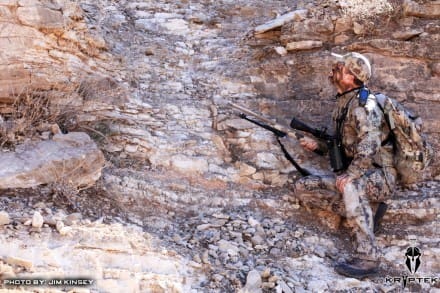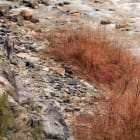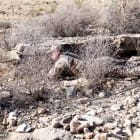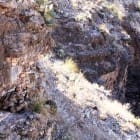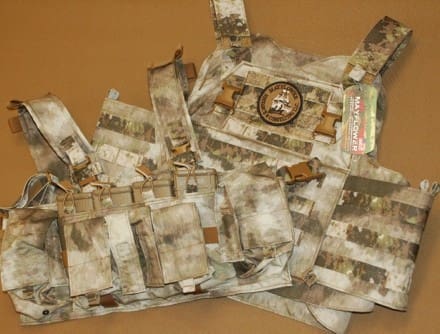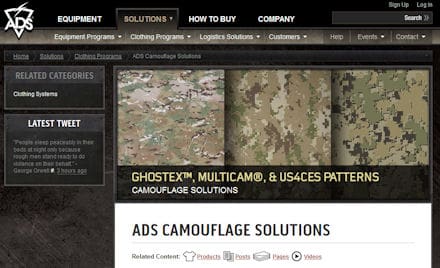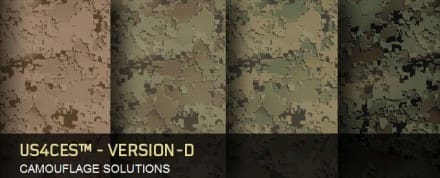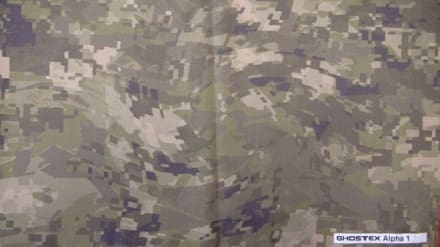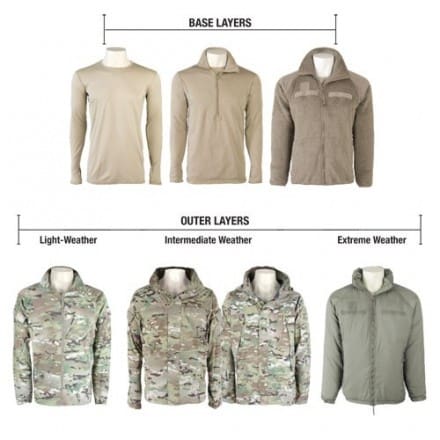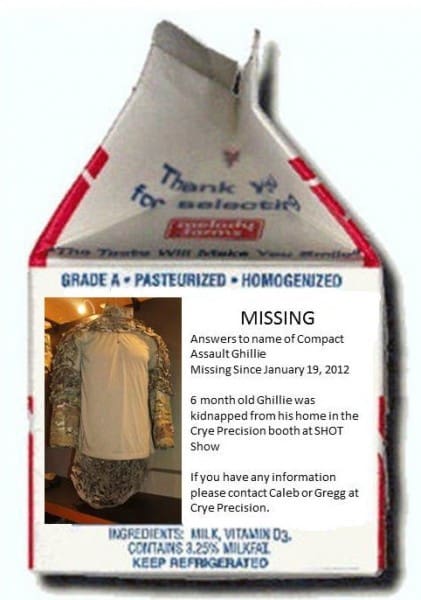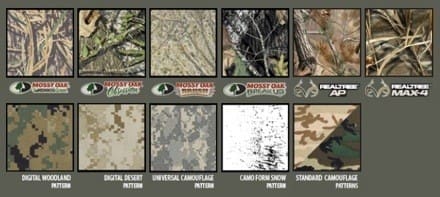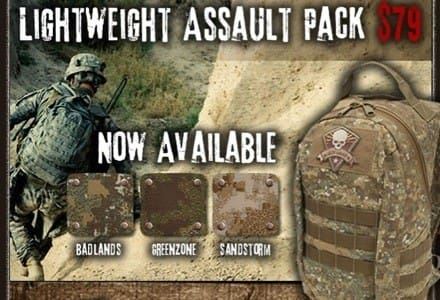The Israeli defense technology firm Eltics recently released an interesting video explaining Black Fox, an “active, adaptive multi-spectral 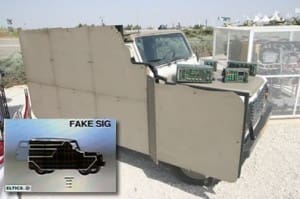 stealth technology” that does “thermal image shaping”, built to act as a sort of cloak for armored vehicles. Not necessarily an invisibility/chameleon cloak, per se, but something that allows the vehicles to look like something else, i.e. to make a Humvee look like an Abrams, or an Abrams look like an M1078 LMTV.
stealth technology” that does “thermal image shaping”, built to act as a sort of cloak for armored vehicles. Not necessarily an invisibility/chameleon cloak, per se, but something that allows the vehicles to look like something else, i.e. to make a Humvee look like an Abrams, or an Abrams look like an M1078 LMTV.
This isn’t the first time such measures have been taken. Similar static systems have been used by Tactical Deception organizations for many years. However, this is the first time we have seen this technology applied to a mobile platform. Such mimicry or ‘disinformation’ has obvious tactical advantages (or even strategic: remember Patton’s fake army prior to Operation Overlord?).
This is an Eltics video posted by Defense Update.
-DR


